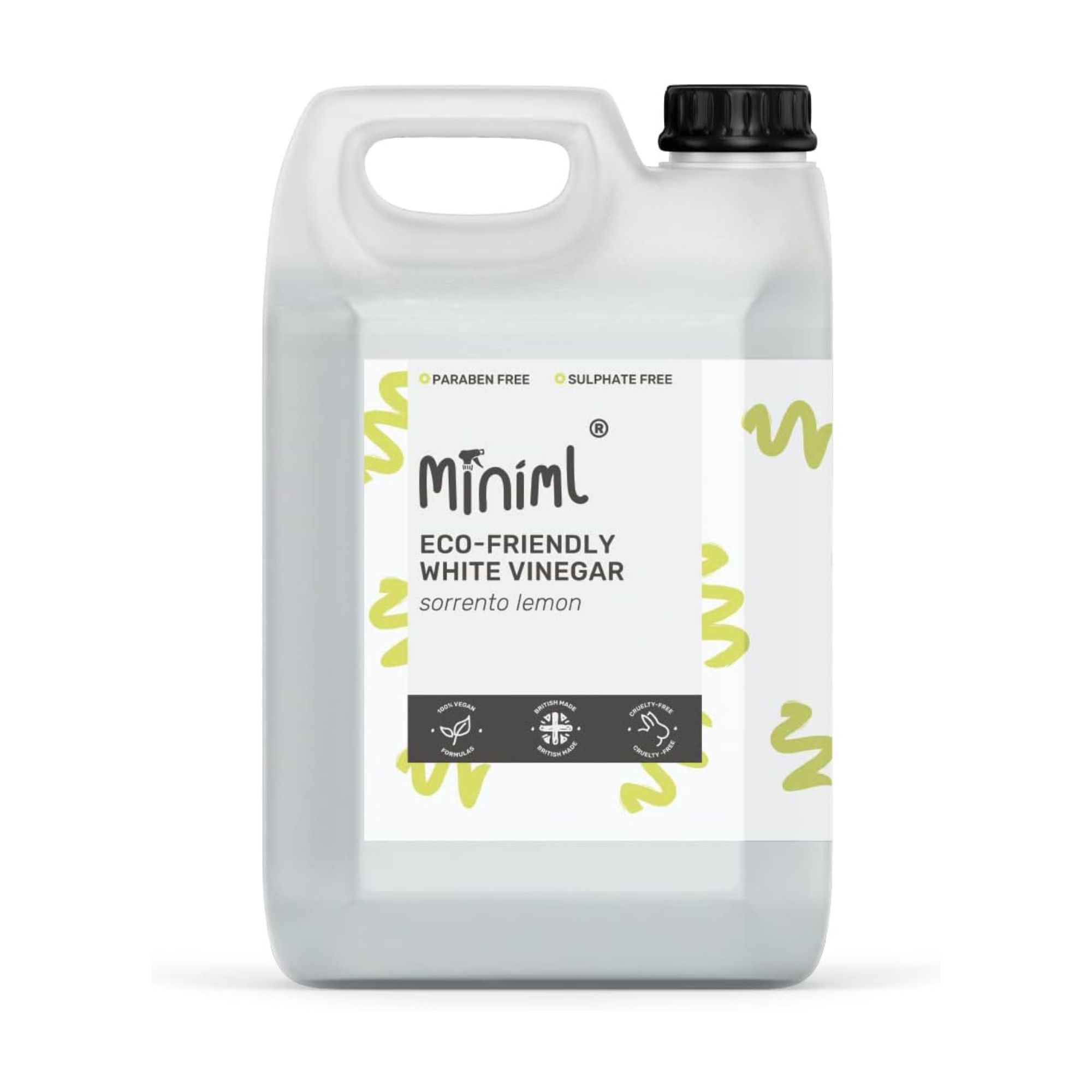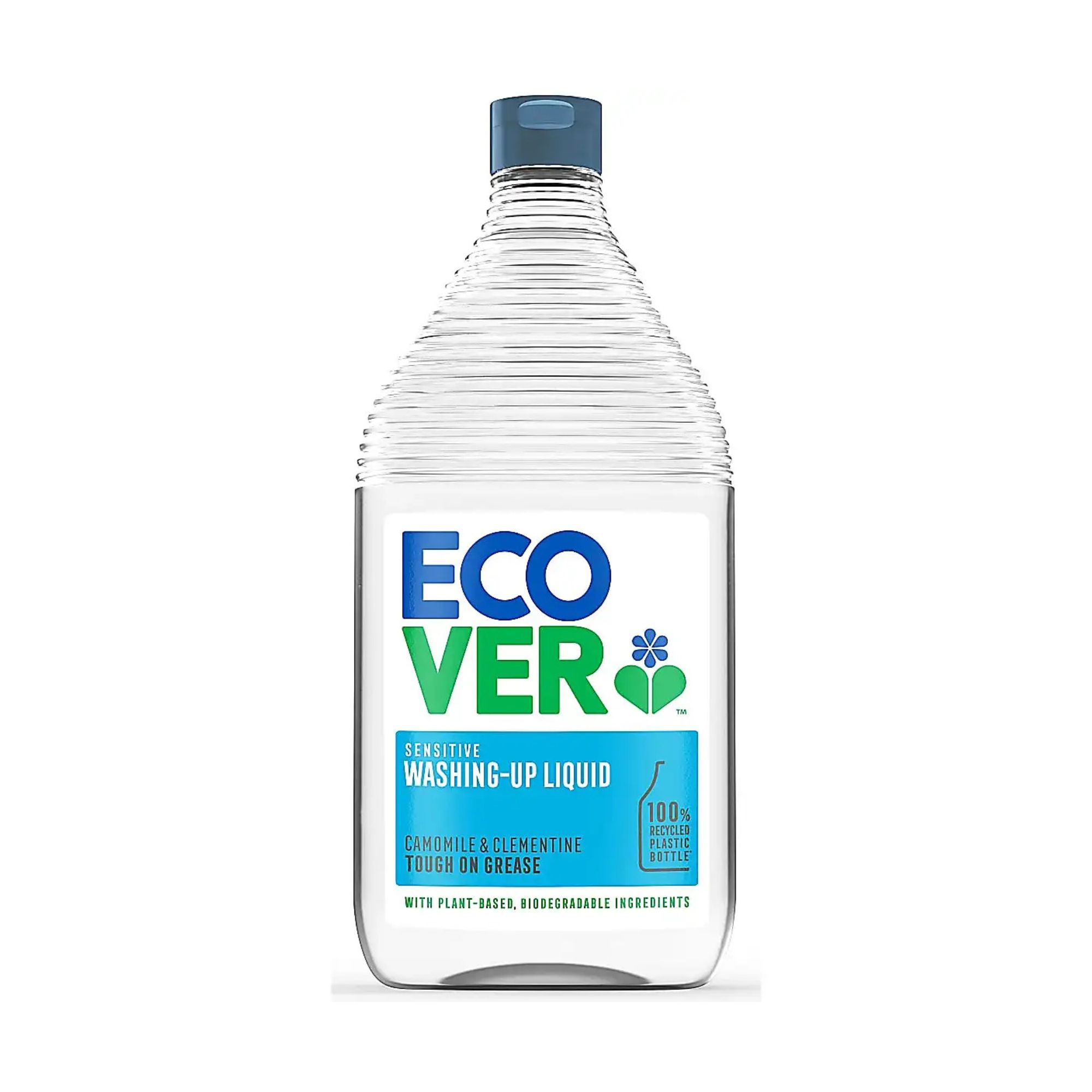I’m a floorcare expert who regularly tests cleaning products — but this 3-ingredient DIY floor cleaner is what I use for unbeatable results
It leaves my floors sparkling
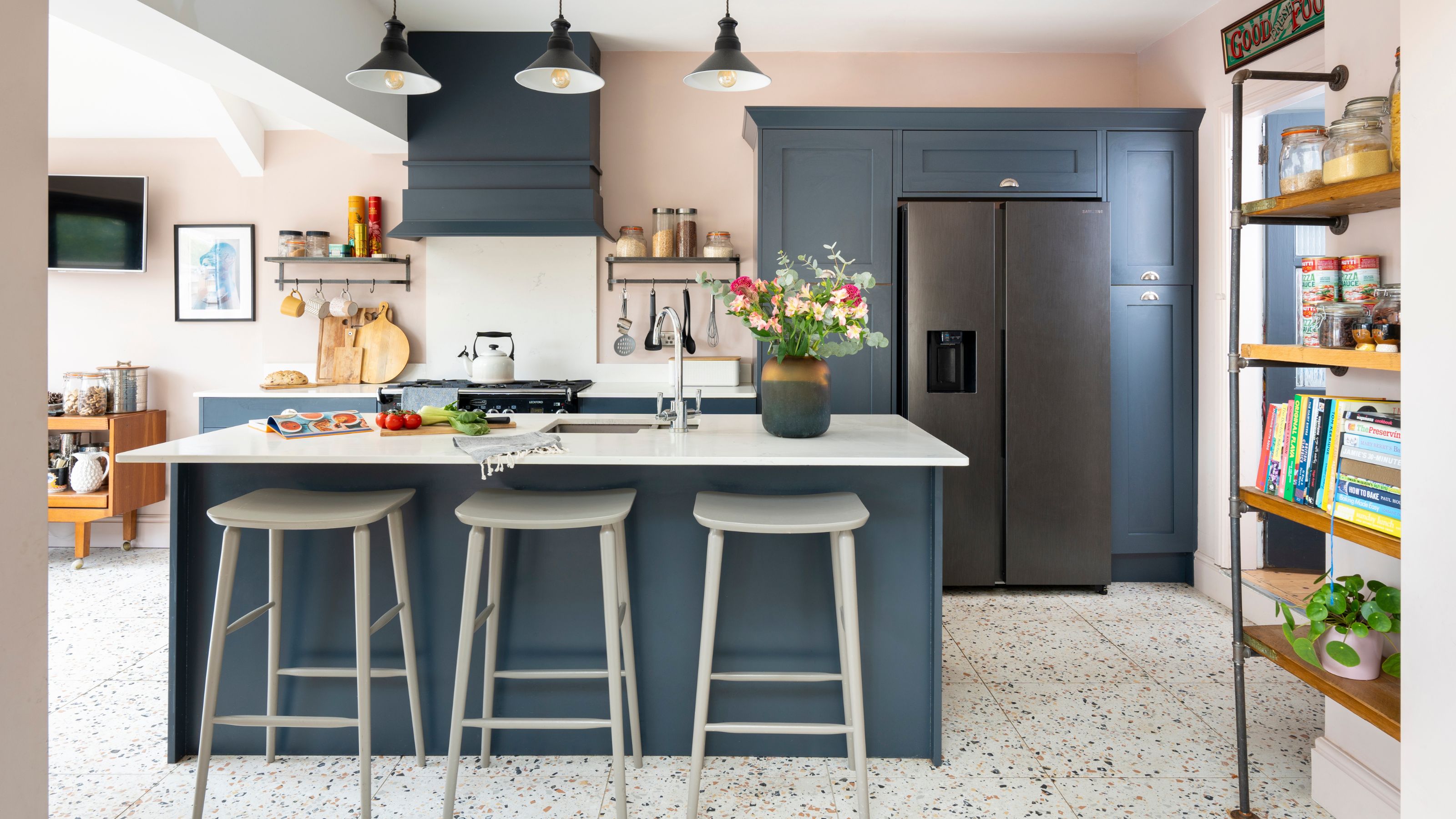
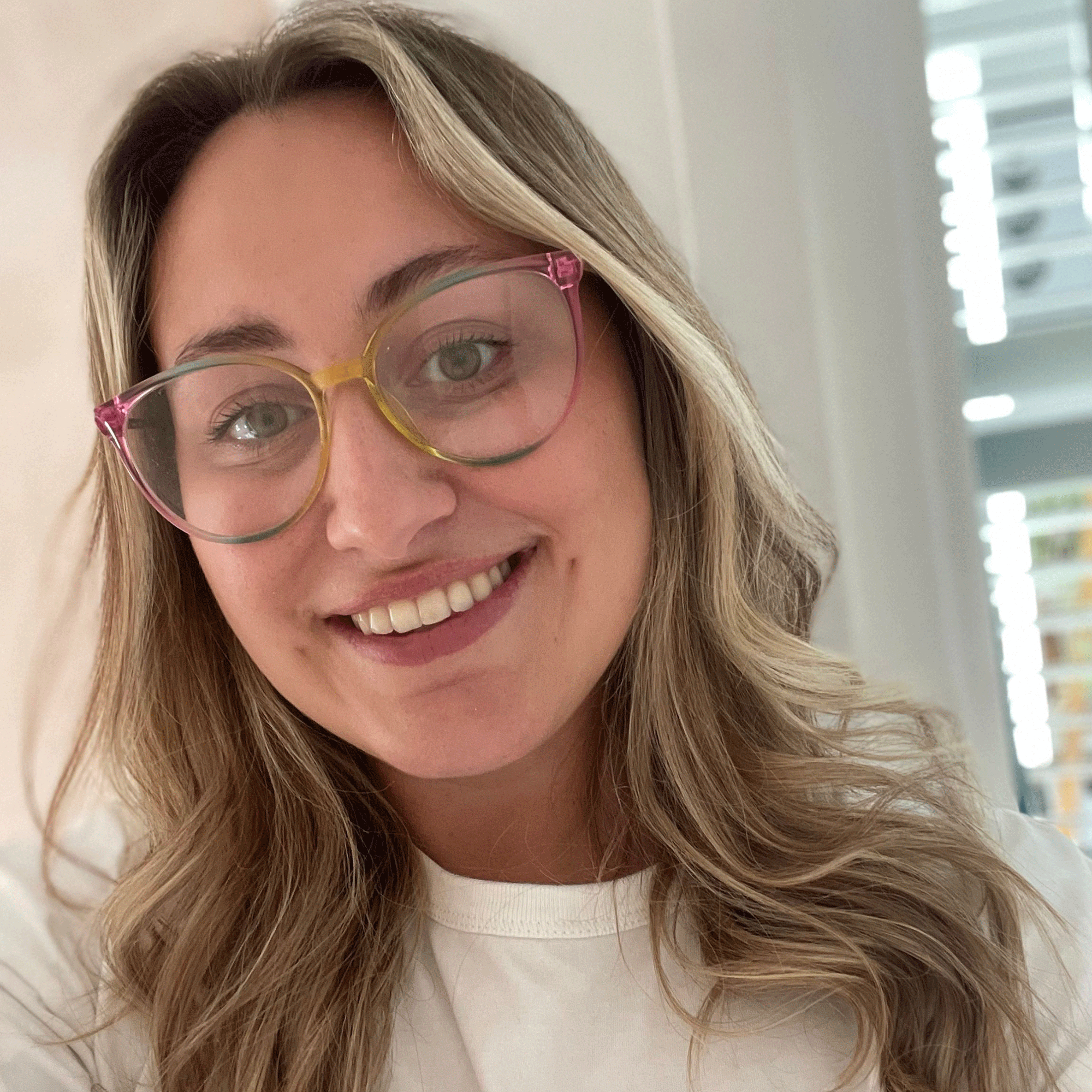
As Ideal Home’s resident floorcare expert, I’ve spent hundreds of hours testing floorcare appliances and cleaning the floors in my home, all in the name of research. And while I’ve tested (and loved) countless ready-made solutions, I always find myself resorting to my favourite DIY floor cleaner time and time again.
But as I don’t want anyone to make any floor cleaning mistakes, it’s worth mentioning that you should never use this cleaner on unsealed hardwood floors or natural stone. However, it’s suitable for all other flooring types and another reason why cleaning with white vinegar is something you should always have in your back pocket - especially if you’re conscious of the ingredients in shop-bought alternatives.
After all, this simple DIY floor cleaner is made from non-toxic white vinegar, eco-friendly washing up liquid and water, making it one of my best natural cleaning hacks. The result? Squeaky-clean, gleaming floors every time - as long as you follow the correct steps.
What you’ll need
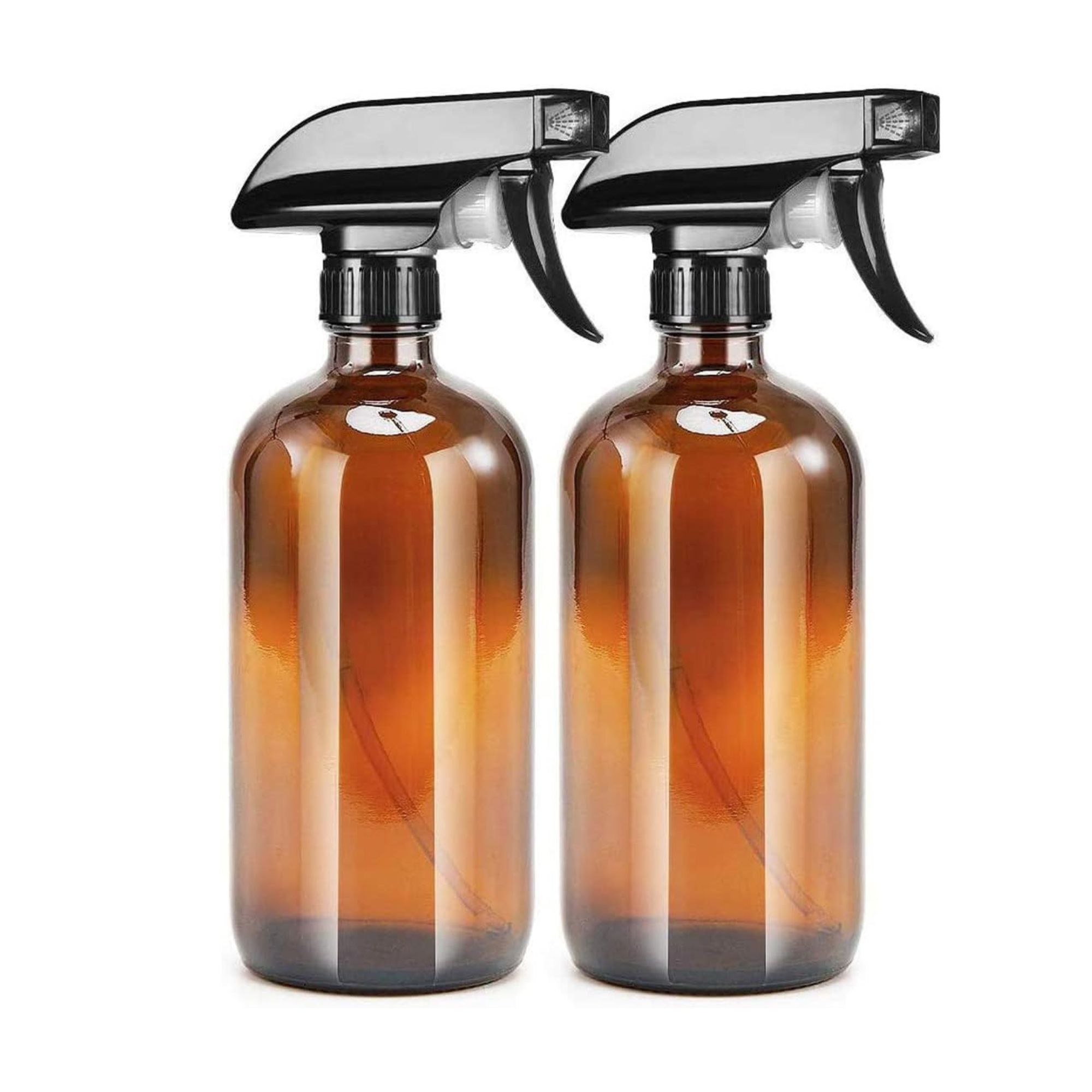
I just bought these to make Nancy Birtwhistle's 'Pure Magic' cleaner (which is the only thing that has ever been able to remove the limescale from my toilet), and can vouch for their quality.
Step-by-step
1. Prepare the DIY floor cleaner
If you want to try out this homemade floor cleaner for yourself, you first need to mix it up. For this, you’ll need one part white vinegar to three parts warm water, as well as a very small amount of washing-up liquid (you don’t want to add too much as it may leave a sticky residue on your floors).
As I have the Joseph Joseph CleanTech spray mop, I actually just prepare the solution in the mop bottle to save some time. And I'm not the only one who loves using white vinegar, either.
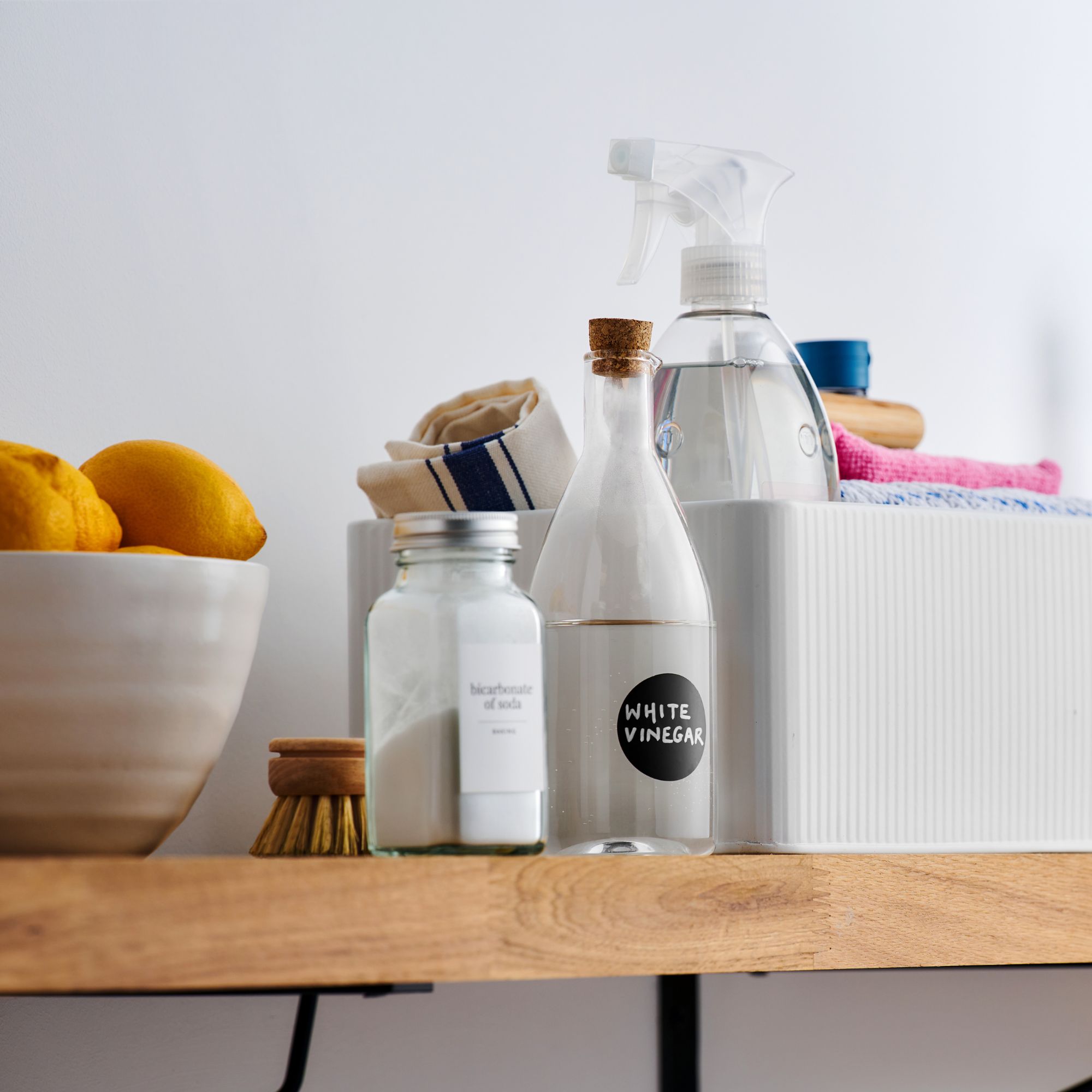
Laura Harnett, founder of eco cleaning brand, Seep, says, 'White vinegar is perfect as a floor cleaner as it’s naturally antibacterial, cost-effective and even tackles mould. It also won’t leave any streaks.'
However, if you don’t have one of the best mops to hand, you could either prepare the solution in a bucket or buy some glass spray bottles and prepare it in them. This way, any leftover floor cleaner can be stored until next time, and it won’t go to waste.
Sign up to our newsletter for style inspiration, real homes, project and garden advice and shopping know-how
2. Vacuum your floors
With your DIY floor cleaner in hand, you may want to start cleaning your floors as soon as possible, but it’s important to take a step back and inspect your floors first. And in most cases, you should always vacuum your floors before mopping.
Of course, as Ideal Home’s Certified Expert for Vacuums, I’d always suggest opting for one of my top-rated vacuum cleaners for the job.
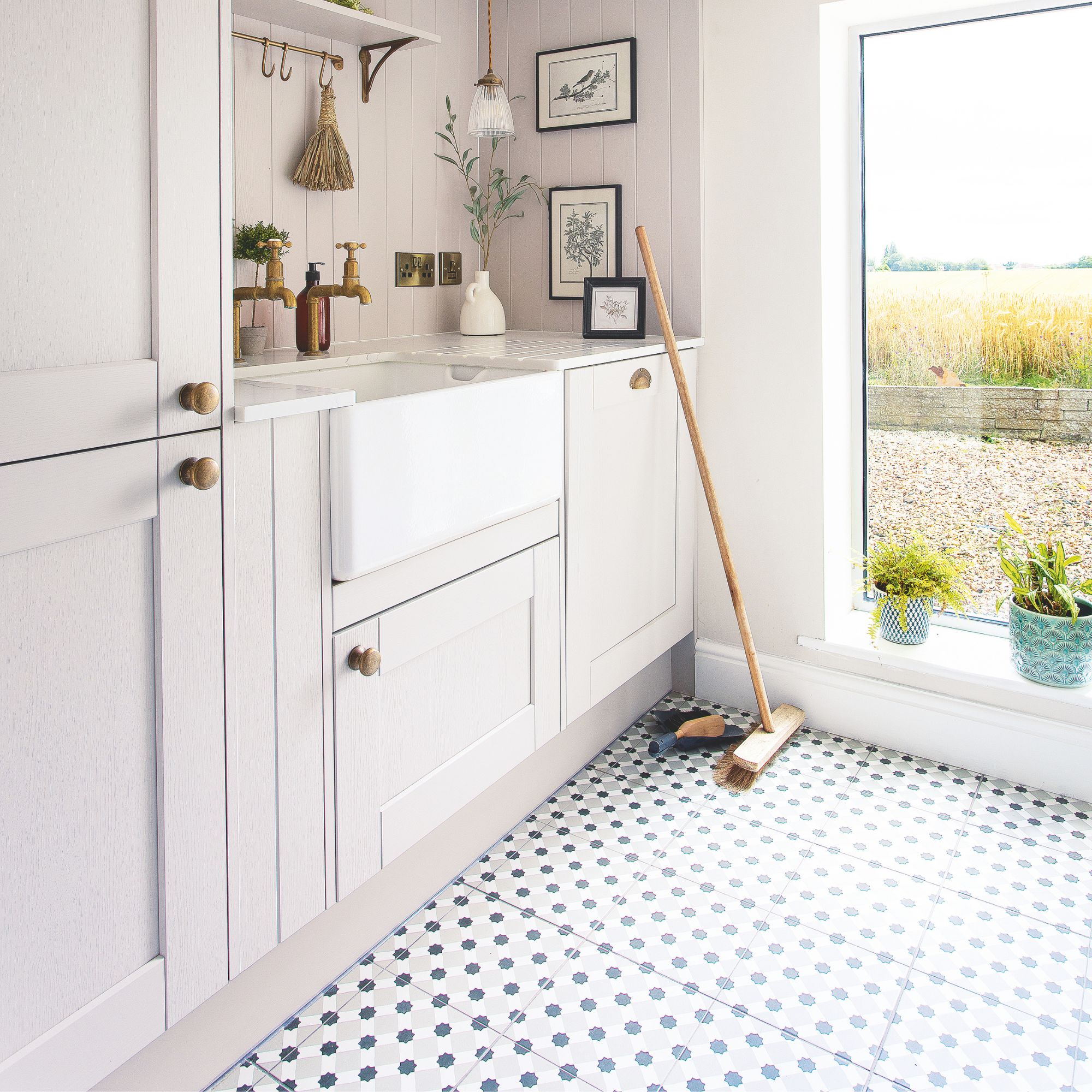
This will remove any surface debris that could potentially scratch your floors while mopping or cleaning with a cloth, and prevent you from simply wiping any dirt or dust around during the cleaning process.
This is particularly important if you want to clean wooden floors, as scratches and scuffs are hard to ignore.
3. Apply the DIY floor cleaner
When you’re confident that your floors are debris-free, you can then apply the DIY floor cleaner to your floors.
The easiest way to do this is to use a spray mop, but you could also spray the solution directly onto the floor and then wipe in circles with a cloth, like these SEEP Eco All Purpose Bamboo Cloths from Amazon, which I use all around my house.
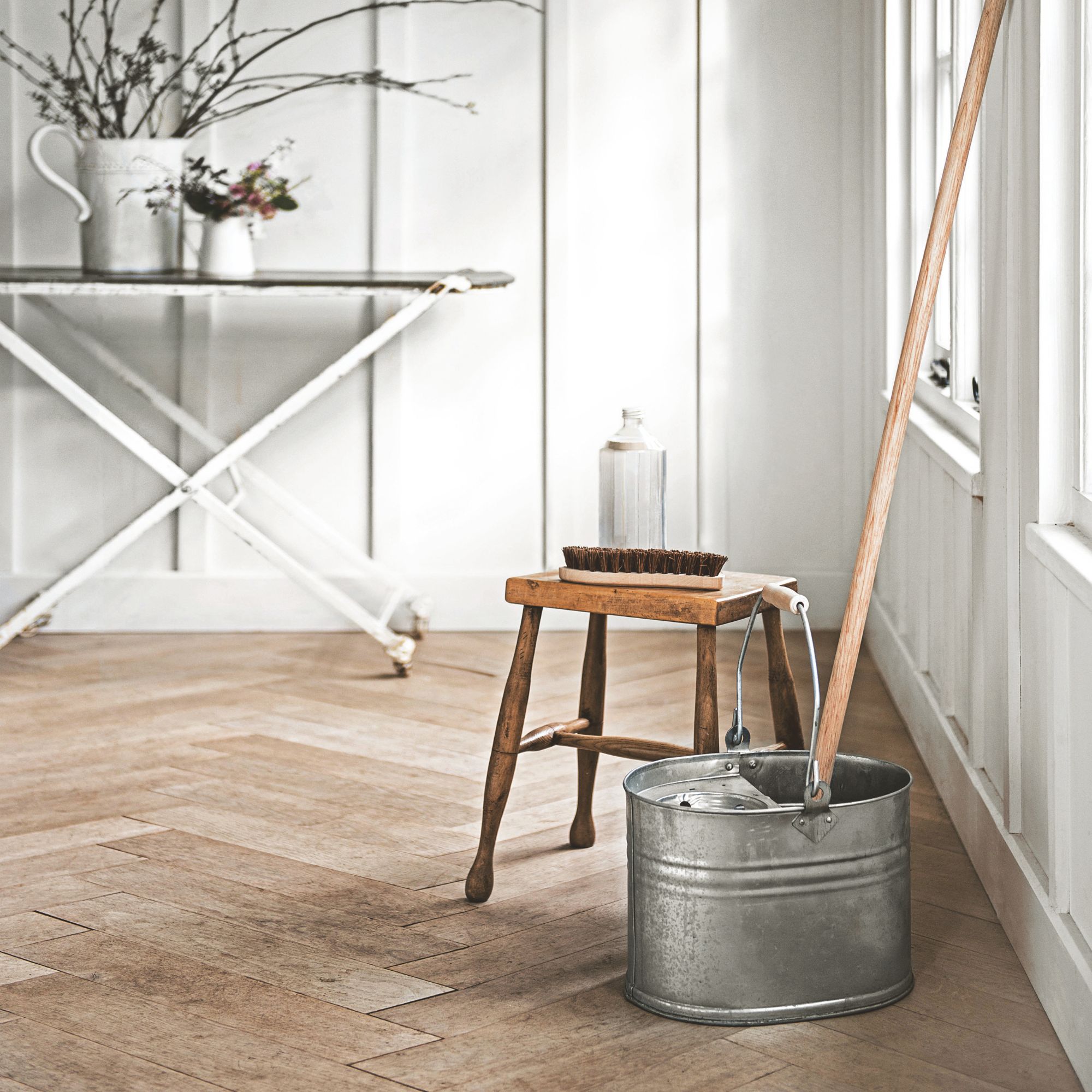
If you do choose to mop with this homemade floor cleaner, just make sure you’re not making any mopping mistakes. And if you’re cleaning laminate flooring, you may want to use a cloth instead so you can control the amount of liquid being used.
The first time I used this cleaner, I actually used way too much water, and my laminate flooring took over half an hour to dry. In an ideal world, your floors should be dry in less than 15 minutes. Any more than that, and you’ve used too much.
FAQs
How do you make your floors smell good when mopping?
The best way to make your floors smell good when mopping is to either buy a scented floor cleaner or add essential oils to your homemade cleaning solution.
And while you can use any essential oil, it could be worth choosing an essential oil that also has its own cleaning properties. For example, lemon is a natural disinfectant that also smells delicious.
Laura Harnett from Seep also adds, 'Tea tree, lavender or rosemary work well. Tea tree may not be everyone’s cup of tea fragrance-wise, but this is another antibacterial agent and so will add to the cleaning power of the white vinegar.'
'Never use essential oil on its own; it always needs to be added to water and white vinegar, and only a few drops are needed.'
How do you make a neutral floor cleaner?
Ideally, you should always clean with a neutral floor cleaner as they are gentle on all types of flooring. This will prevent any damage and keep your floors protected in the long run.
Mixing warm water with washing-up liquid is the easiest way to make a neutral floor cleaner. You can then add essential oil if you want to ensure your floors smell clean afterwards, too.
So, will you be giving this DIY floor cleaner a whirl? Let me know how you get on in the comments!

Lauren Bradbury has been the Content Editor for the House Manual section since January 2025 but worked with the team as a freelancer for a year and a half before that. She graduated with a Bachelor’s degree in English and Creative Writing from the University of Chichester in 2016. Then, she dipped her toe into the world of content writing, primarily focusing on home content. After years of agency work, she decided to take the plunge and become a full-time freelancer for online publications, including Real Homes and Ideal Home, before taking on this permanent role. Now, she spends her days searching for the best decluttering and cleaning hacks and creating handy how-to guides for homeowners and renters alike, as well as testing vacuums as part of her role as the Ideal Home Certified Expert in Training on Vacuums, having spent over 110 hours testing different vacuum models to date!
You must confirm your public display name before commenting
Please logout and then login again, you will then be prompted to enter your display name.
